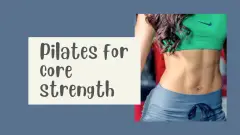The Pilates method focuses on developing core strength, good posture and smooth, controlled movement. There are 34 mat work exercises in the original method – some mainly develop strength and some work more on smooth movement and muscle flexibility. This 30 day Pilates challenge includes 6 Pilates exercises – 3 for core strength and 3 to develop fluid movement and flexibility.
Before you do this workout
Please read these general exercise guidelines.
Please also make sure you read all the exercise instructions, as exercise technique is very important in Pilates. If exercises are done incorrectly, instead of strengthening your core, you’ll put strain on your low back.
You will need an exercise mat or some other form of cushioning for your spine. See an exercise mat buying guide here.
Pilates challenge chart
The challenge is split into two sets of exercises – 3 for core strength (orange images) and 3 for flexibility/smooth movement (red images). The chart shows you the number of reps for each exercise and instructions for the exercises are below the chart. The numbers given for the spine twist are the total of twists in both directions – so for example 6 means 3 to the right and 3 to the left.
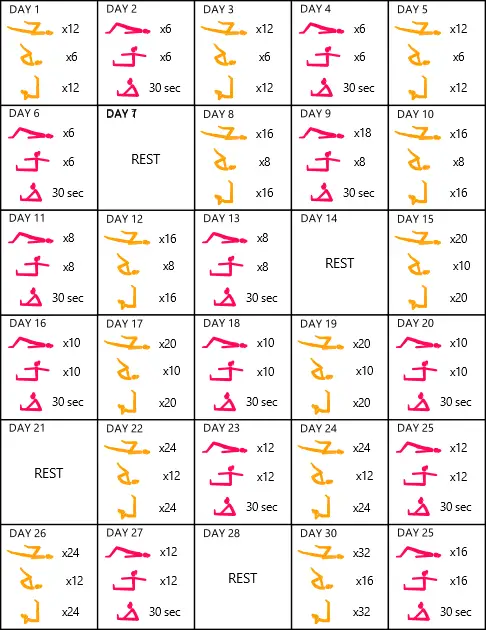
Core exercises
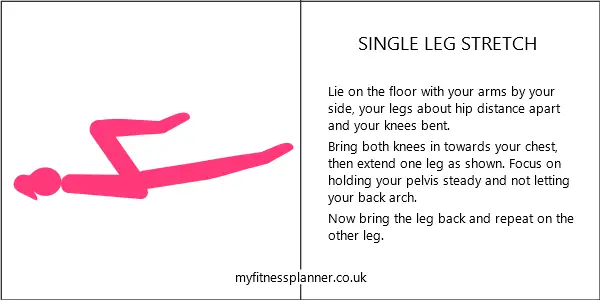
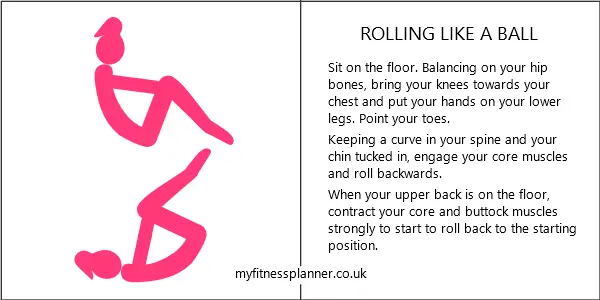
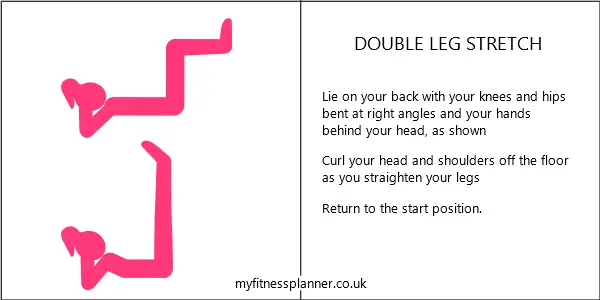
Flexibility/smooth movement exercises
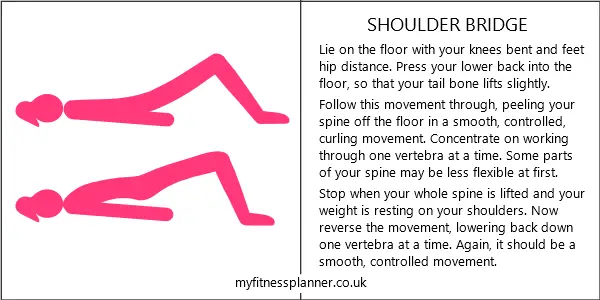
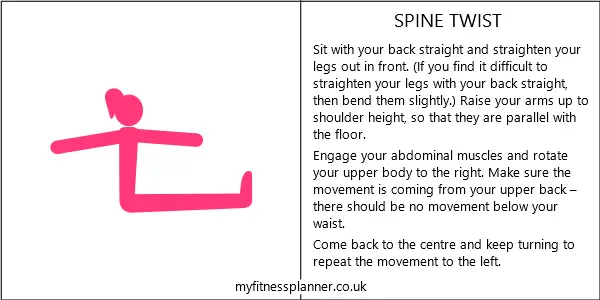
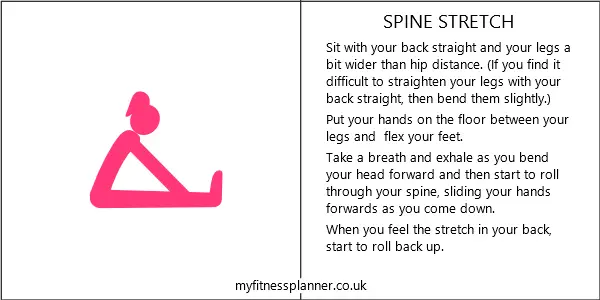
The history of the Pilates method
The Pilates method, often referred to as simply Pilates, is a system of physical strength fitness that emphasizes strength, flexibility, and endurance. Developed by Joseph Pilates in the early 20th century, the method has evolved into a widely practiced form of exercise.
Joseph Pilates, born in Germany in 1883, was a sickly child who suffered from asthma, rickets, and rheumatic fever. His ailments inspired him to explore various physical disciplines, including bodybuilding, gymnastics, yoga, and martial arts. Through his studies and experimentation, he developed a system of exercises aimed at strengthening the body and improving overall health.
After the World War 1, Pilates moved to New York City and opened a studio with his wife Clara. They called their method “Contrology,” emphasizing the importance of mind-body control in achieving physical fitness. Their studio attracted dancers, athletes, and celebrities, who found Pilates to be an effective form of exercise for rehabilitation, injury prevention, and performance enhancement.
In the 1960s and 1970s, Pilates gained popularity beyond the dance community as people recognized its benefits for improving posture, core strength, and flexibility. However, it wasn’t until the late 20th century that Pilates became a mainstream fitness phenomenon. With the rise of the wellness movement and the endorsement of celebrities and athletes, Pilates studios began popping up around the world, offering classes for people of all ages and fitness levels.
Today, the Pilates method continues to evolve with new variations and interpretations while staying true to its core principles of breath, concentration, control, centering, precision and flow.
